Ah, the great outdoors! Whether it’s a leisurely kayak trip or an adrenaline-pumping whitewater rafting experience, one thing’s for sure – we all have that innate yearning to break free from our daily grind and embrace the freedom of nature.
But before you embark on your aquatic escapades, there’s something crucial that needs to be addressed: ensuring that you’re wearing a properly fitted lifejacket. You might think ‘I’ve got this!’ but believe it or not, many people don’t know how to correctly fit their lifejackets – and if they aren’t worn right, they can’t do their job effectively.
So let’s dive into what makes a perfect fit; after all, safety should never take a back seat when we’re chasing those liberating moments out on the water. Read on to learn how to make sure your lifejacket hugs you just right so you can confidently explore with peace of mind knowing you’re securely protected.
Selecting The Correct Lifejacket Size
Embarking on a thrilling adventure out in the open waters? Don’t forget that safety should be your top priority, and nothing ensures that more than choosing the right lifejacket.
You might think all life jackets are created equal, but there’s actually quite a bit of variation when it comes to materials and sizing. In this section, we’ll guide you through picking the perfect lifejacket size so you can fully embrace your sense of freedom while staying safe on the water.
Lifejacket materials play an essential role not only in ensuring buoyancy but also providing comfort during your aquatic escapades. Most commonly, lifejackets feature foam or inflatable components for optimal flotation capabilities. Foam-filled lifejackets provide consistent buoyancy without any need for action on your part, making them ideal for recreational activities such as kayaking. If you are moving around the boat an Inflatable lifejacket maybe a better choice, when fishing or sailing.
Sizing variations depend primarily on chest measurements and weight capacities – both factors contribute significantly to how well your chosen life jacket will keep you afloat in case of emergency. To ensure accurate sizing, wrap a flexible measuring tape around the widest part of your chest (usually just below your armpits) and refer to manufacturer sizing charts for guidance.
Remember that wearing layers underneath may affect fitment; always try on multiple sizes if possible before committing to one choice! Additionally, pay close attention to weight limits indicated by manufacturers: exceeding these recommendations could compromise performance, leaving you vulnerable in potentially dangerous situations.
Adjusting The Straps And Buckles
Did you know that approximately 86% of drowning victims were not wearing a lifejacket at the time? This staggering statistic highlights the importance of properly fitting and adjusting your lifejacket to ensure it functions correctly, keeping you safe on the water.
The freedom offered by aquatic adventures can only be fully enjoyed when we take appropriate precautions, including understanding how to adjust straps and buckles for optimal fit and functionality.
- Strap placement: Ensure all straps are in their correct positions; some lifejackets have shoulder straps, waist straps or even crotch straps. Make sure these are untangled and ready for adjustment. Children need to have the crotch strap clipped into place when wearing their lifejacket.
- Buckle functionality: Check each buckle for any signs of wear or tear before securing them. Buckle closures should be easy to open and close without struggle.
- Proper tightening: Start with loosening all adjustable straps so they’re easily accessible when putting on the lifejacket. Once the jacket is donned, tighten each strap evenly until snug but still comfortable fit – avoid over-tightening as this may restrict movement.
- Final checks: Confirm there’s no excess space between your body and the lifejacket by lifting it up from both shoulders – if it rides up past your ears, further adjustments are needed, and your crotch strap clipped.
- Note: Inflatable lifejackets are to be worn on the outside of all your clothing.
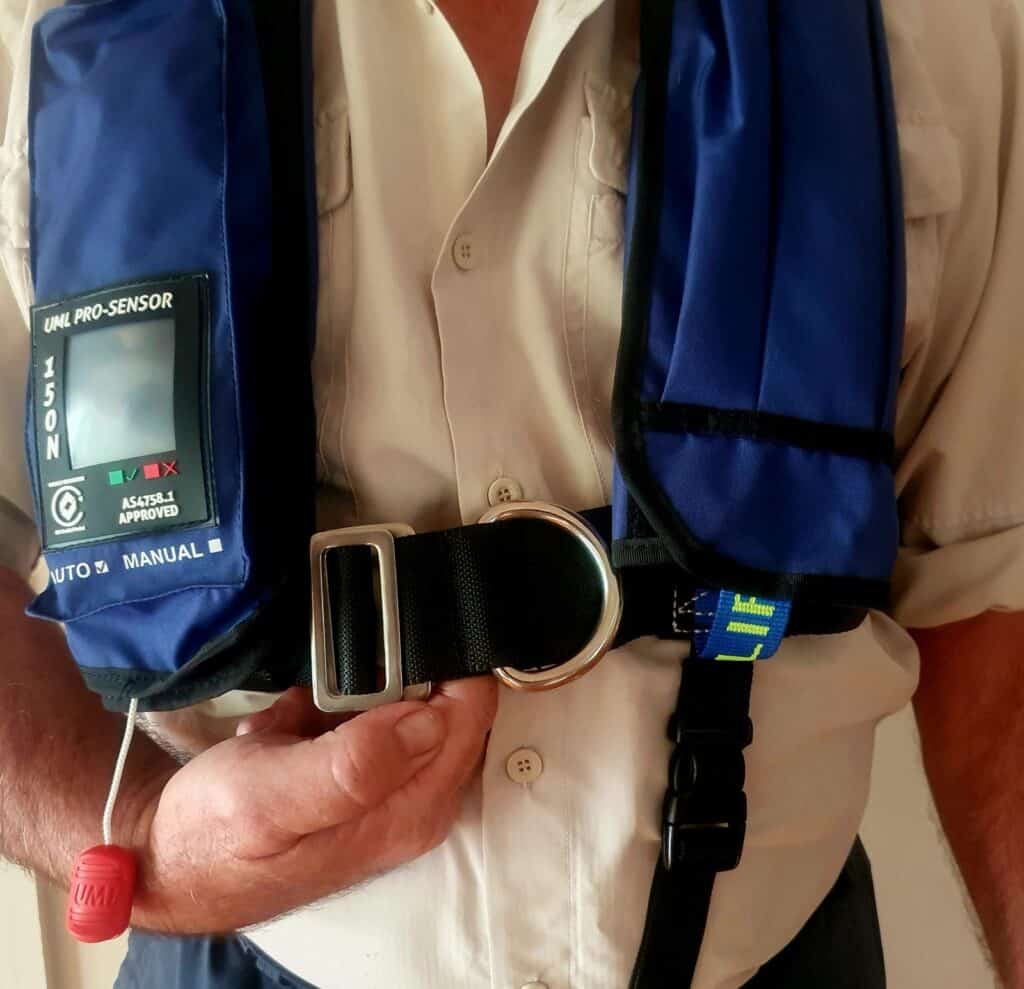
Inflatable Lifejackets. Fit two fingers together under the buckle in the front for a comfortable fit. This will give you room to breath and move about with no restrictions.
As you embark on your next journey toward uncharted waters or simply enjoy leisurely boating activities, remember that ensuring proper fitment of your lifejacket could make all the difference between safety and potential tragedy.
Testing For Snugness And Comfort
Now that you’ve learned how to properly fit a lifejacket, it’s time to dive into the world of snugness and comfort. After all, what good is wearing this lifesaver if every moment spent in it feels like an eternity?
Understanding the benefits of snugness while simultaneously embracing the importance of comfort will elevate your experience on any water adventure.
Imagine gliding effortlessly through crystal clear waters or bask in the warmth of sun-kissed waves without feeling restricted by your protective gear. Snugness benefits are twofold – not only does it ensure that your lifejacket won’t slip away during those unexpected plunges but also provides much-needed stability when battling turbulent currents.
On the other hand, never underestimate the significance of comfort importance as it can be a game changer for long days out at sea. A well-fitting lifejacket should feel like an extension of yourself – allowing unrestricted movement and maximum enjoyment.
So go ahead – embrace the freedom you so rightly deserve! With your newfound knowledge on fitting lifejackets, take control and confidently venture into uncharted territories.
Ensuring Optimal Range Of Motion
First off, it’s important to choose the right size lifejacket for your body; if it’s too big, it won’t provide the necessary support and if it’s too small, it’ll be uncomfortable.
Next, you’ll need to adjust the straps for comfort; make sure they’re not too loose or too tight so you can move freely.
Lastly, you’ll want to try different adjustments until you find the perfect fit that allows you to move freely without any restrictions.
Once you’ve found the right fit, you’re good to go!
Choosing The Right Size
We all want the freedom to move comfortably, especially when it comes to water activities. That’s why choosing the right size lifejacket is crucial for ensuring optimal range of motion.
Size importance goes beyond just comfort; it plays a key role in keeping us safe and secure during our aquatic adventures. A lifejacket that’s too small might not provide adequate buoyancy, while one that’s too big could easily slip off in an emergency situation.
To find the perfect fit, make sure to try on several sizes and styles, testing each one by raising your arms above your head and checking if it rides up or restricts movement. Remember that proper lifejacket maintenance also contributes to its effectiveness – regularly inspecting it for damage and cleaning according to manufacturer instructions will help keep you safe.
Adjusting Straps For Comfort
Now that you’ve found the right sized lifejacket, it’s time to focus on another crucial aspect: adjusting straps for comfort. After all, being able to move freely is essential when engaging in water activities.
The strap materials on your lifejacket are designed to offer personalized customization so that you can achieve a comfortable yet secure fit. Don’t underestimate the importance of properly adjusted straps; they ensure your lifejacket stays in place while providing optimal range of motion and freedom.
To find the perfect balance between snugness and flexibility, start by loosening all straps before putting on your lifejacket. Once it’s on, gradually tighten each strap until you feel securely held without any pinching or discomfort. Remember to check for even tension across all straps and adjust as necessary – this will help distribute buoyancy evenly and allow for better movement in the water.

Why is Understanding the Evolution of Lifejackets Important for Properly Fitting Them?
Understanding the evolution of lifejackets is vital to ensure proper fitting. Over time, lifejacket designs have evolved significantly, incorporating advanced technologies and materials. Knowing this history helps us comprehend the purpose behind specific features, such as adjustable straps and buoyancy levels. This knowledge ensures that lifejackets are fitted correctly, maximizing their effectiveness in saving lives during water-related activities.
Verifying Flotation And Safety Features
Imagine yourself as a buoyant feather, floating effortlessly on the water’s surface. This is the sensation you wish to achieve with your lifejacket properly fitted and functioning optimally. Verifying flotation and safety features are of utmost importance before embarking on any aquatic adventure or pursuing that innate desire for freedom.
To ensure maximum security and confidence in your flotation device, follow these simple steps:
- Conduct an initial visual inspection: Check for rips, tears, or frayed straps.
- Perform a manual inflation test: Inflate the air chambers using the oral inflation tubes and leave inflated overnight to verify there are no leaks. Deflate through the oral tube valve and repack as per the manufacturers instructions.
- Test all buckles, zippers, and fasteners: Ensure they function smoothly without requiring excessive force.
- Examine reflective materials (if applicable): Make sure they are clean and free from damage.
Remember that flotation testing should be conducted regularly, especially after prolonged storage or exposure to sunlight which may have weakened some components over time.

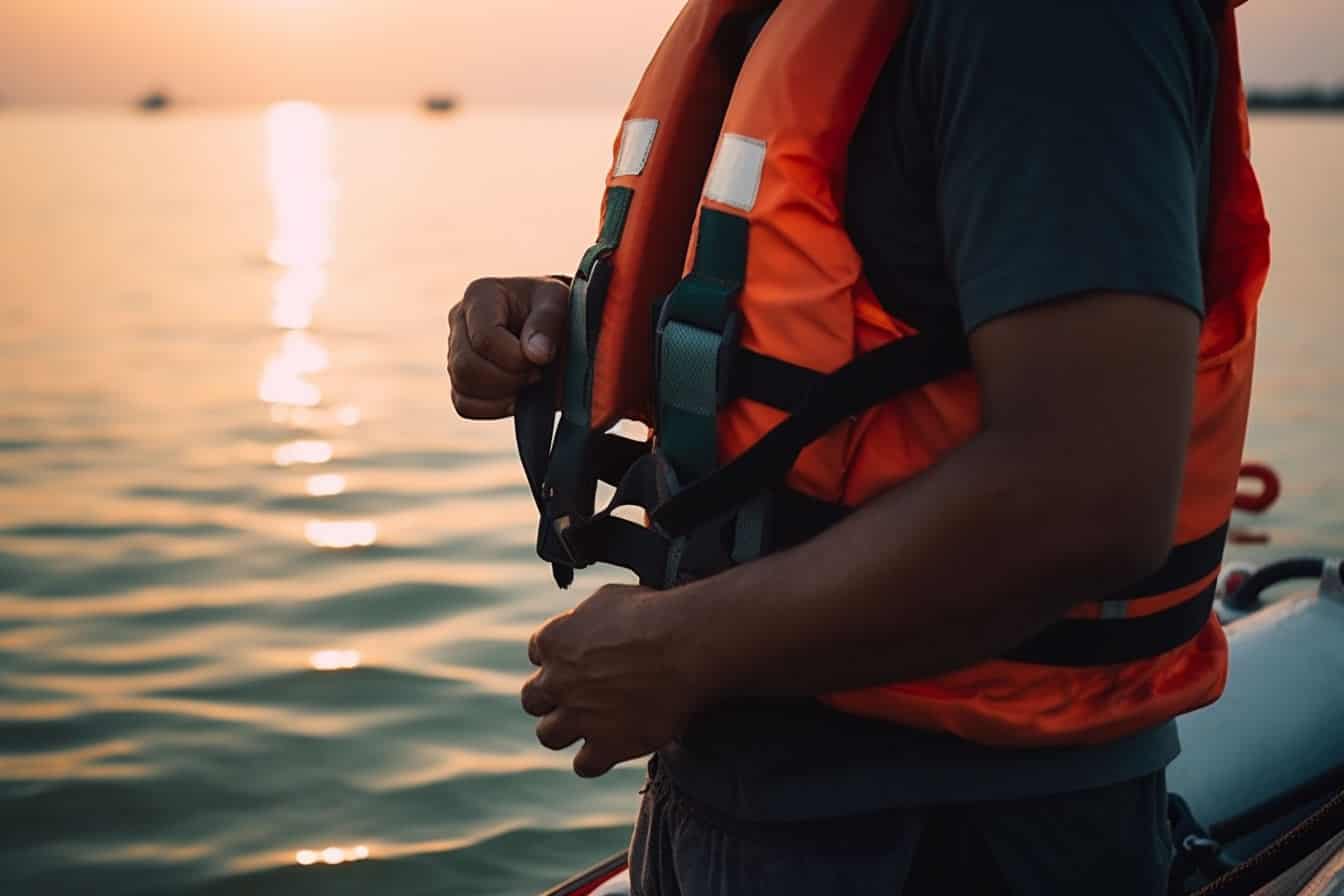
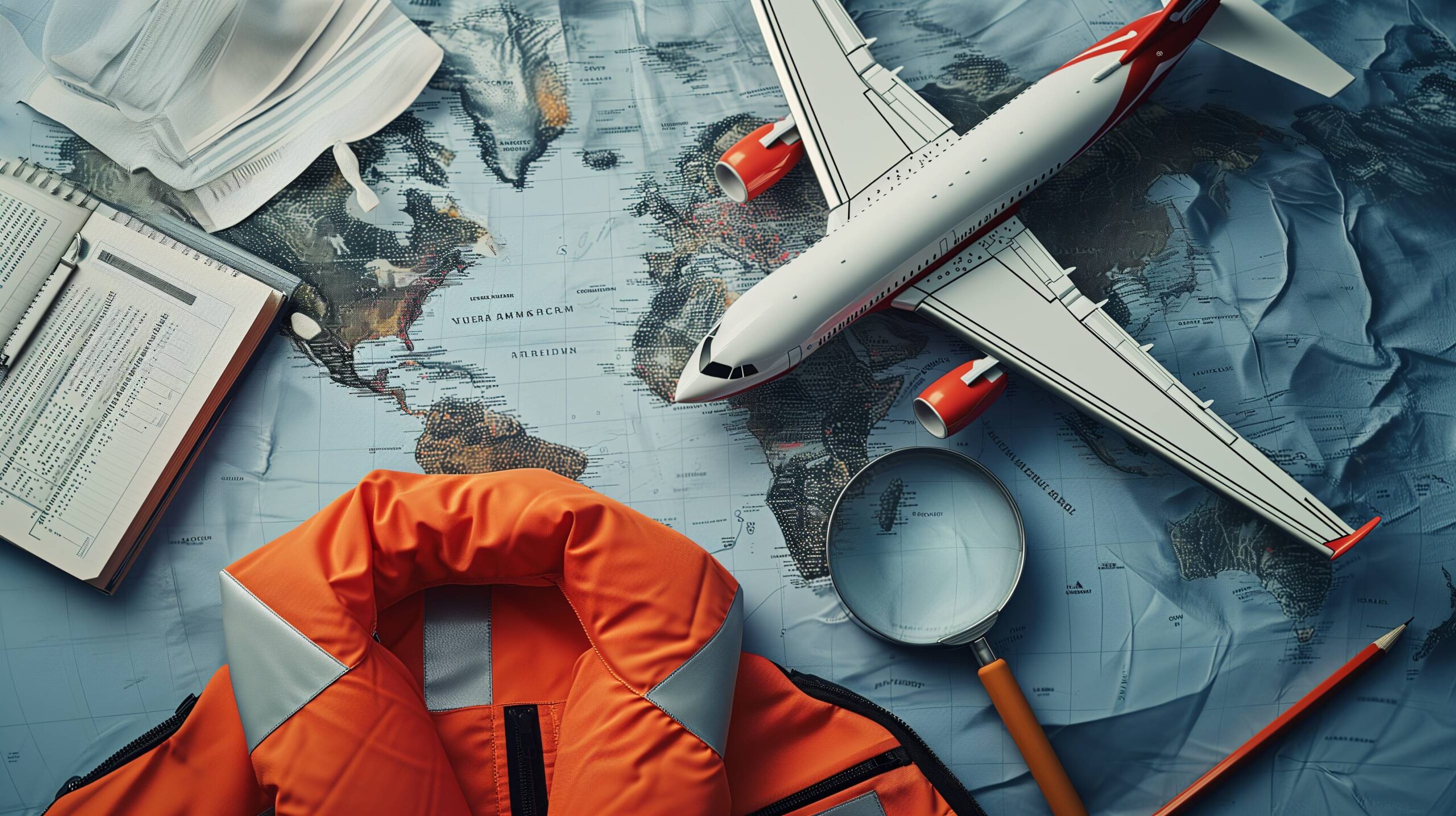
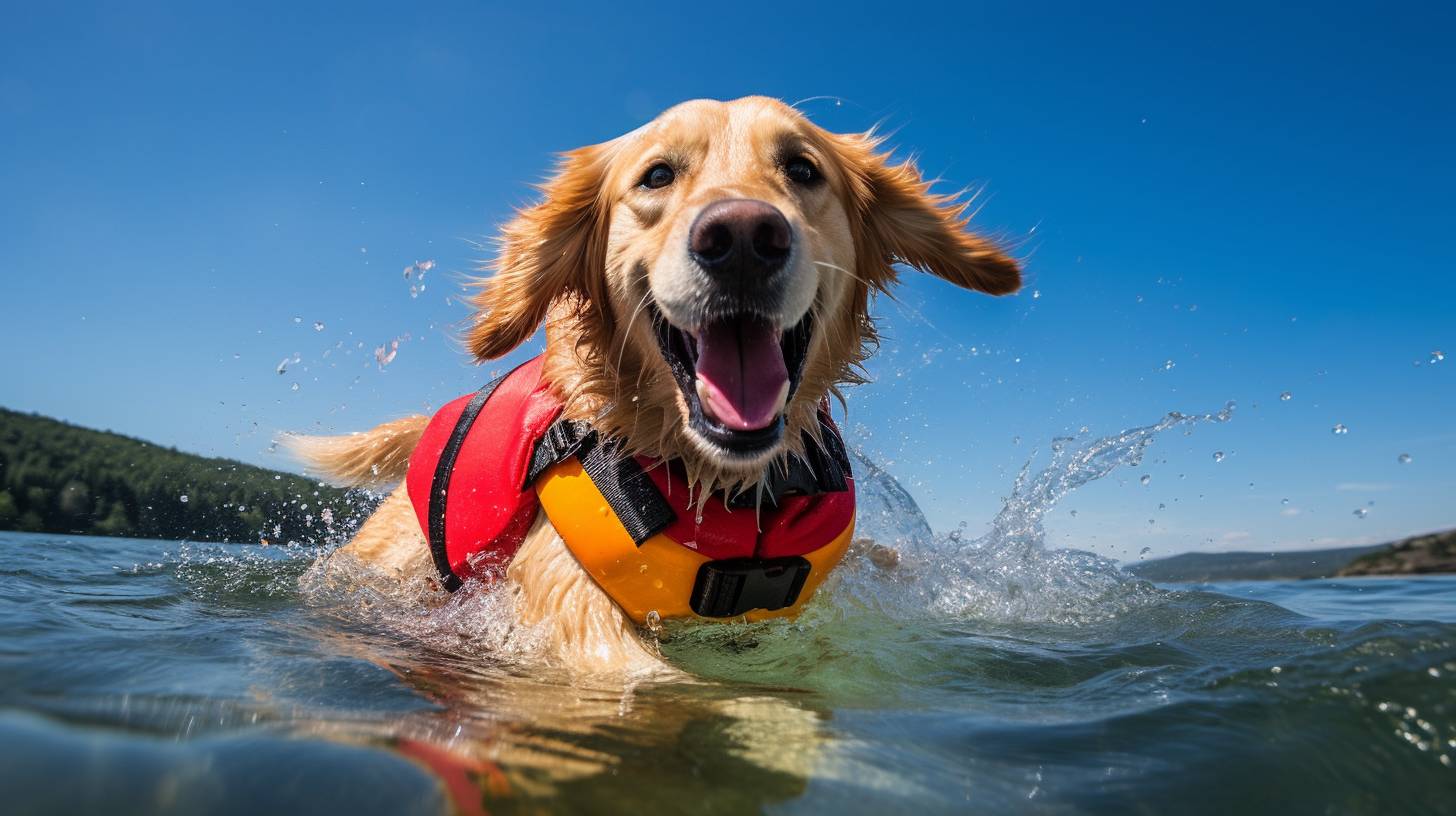
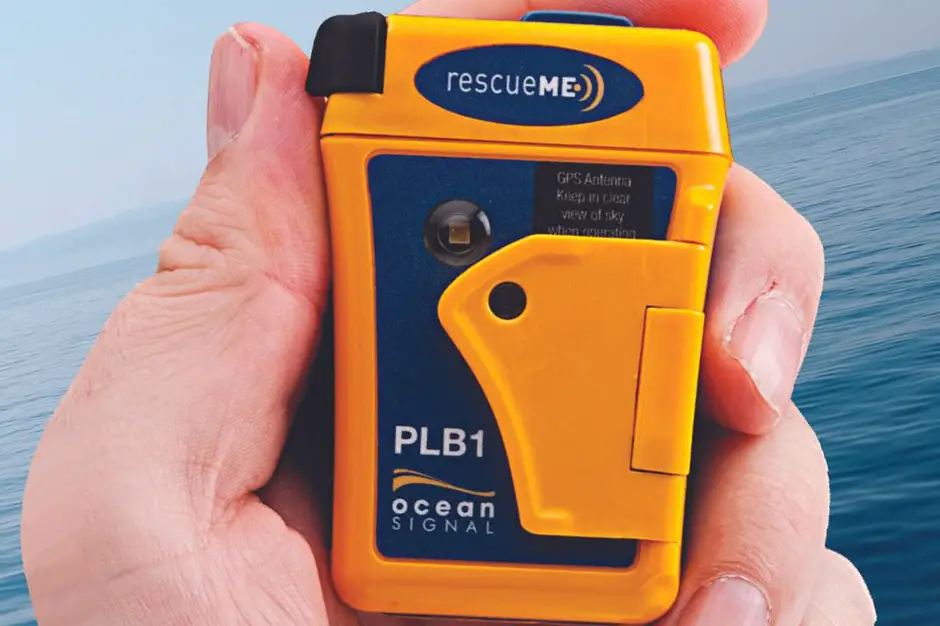
Leave a Reply